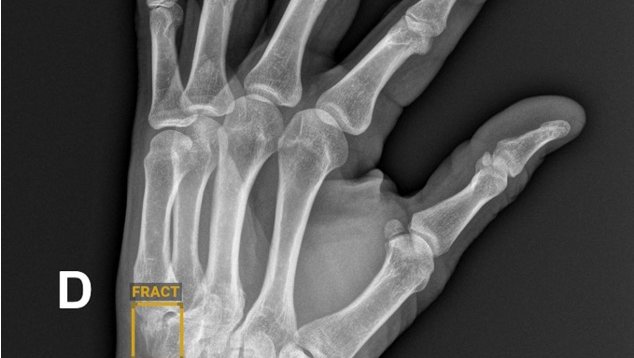
If you are considering purchasing an AI tool for fracture detection, this is a paper worth checking out. It lists all commercially available products for fracture detection on radiographs and CT and reviews the scientific evidence in a similar fashion to our AIforRadiology groundwork publication.
In total 21 AI products were identified of which 14 for radiographs and 7 for CT. Only 7 of those were found to have peer reviewed publications. Gleamer topped the list with 8 papers available for their product BoneView. Most studies assessed the impact in diagnosis with and without AI assistance. No publications were found that considered patient outcomes or cost-effectiveness.
Link to paper.
Abstract
Missed fractures are a costly healthcare issue, not only negatively impacting patient lives, leading to potential long-term disability and time off work, but also responsible for high medicolegal disbursements that could otherwise be used to improve other healthcare services. When fractures are overlooked in children, they are particularly concerning as opportunities for safeguarding may be missed. Assistance from artificial intelligence (AI) in interpreting medical images may offer a possible solution for improving patient care, and several commercial AI tools are now available for radiology workflow implementation. However, information regarding their development, evidence for performance and validation as well as the intended target population is not always clear, but vital when evaluating a potential AI solution for implementation. In this article, we review the range of available products utilizing AI for fracture detection (in both adults and children) and summarize the evidence, or lack thereof, behind their performance. This will allow others to make better informed decisions when deciding which product to procure for their specific clinical requirements.
